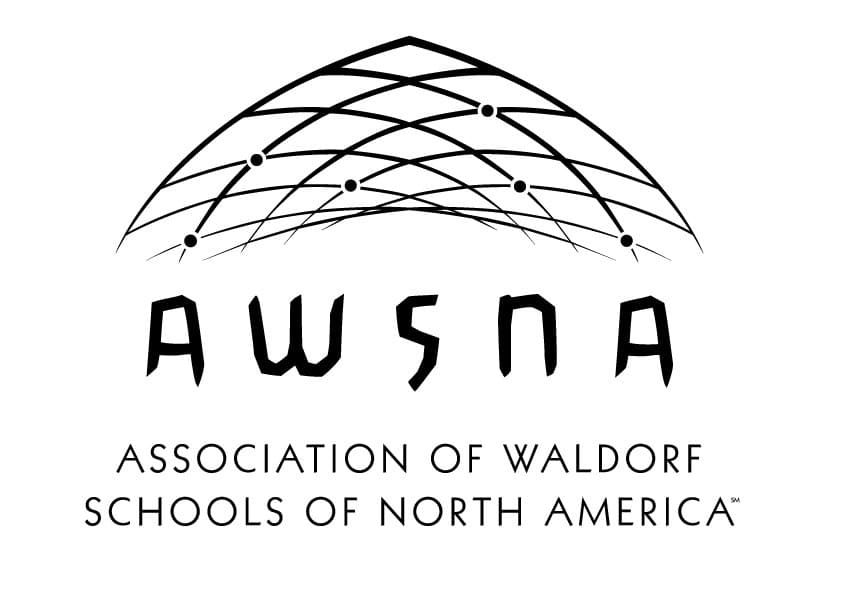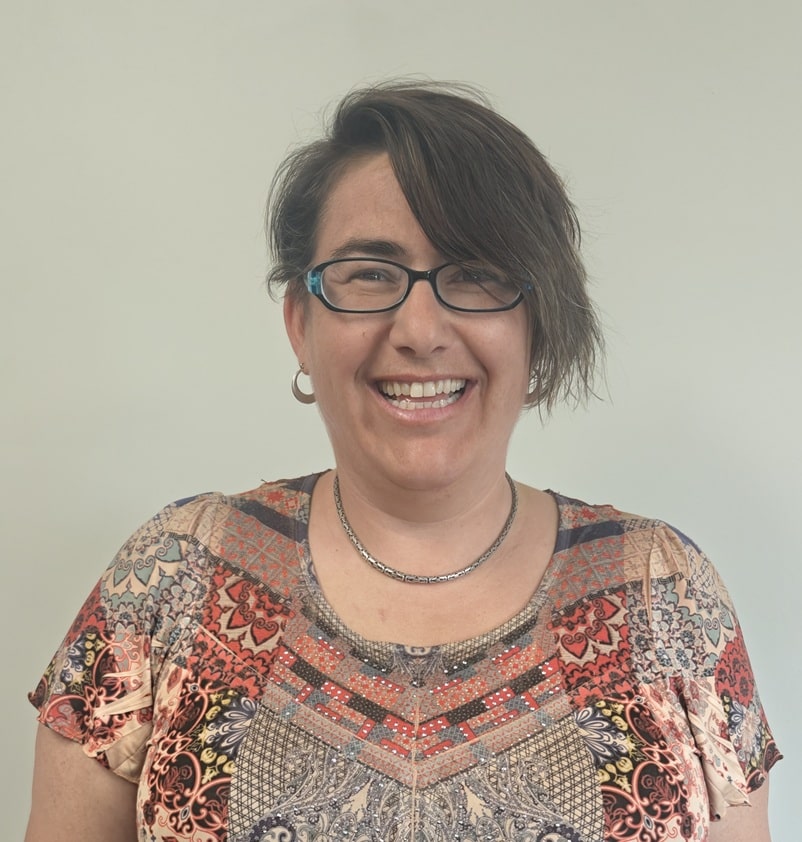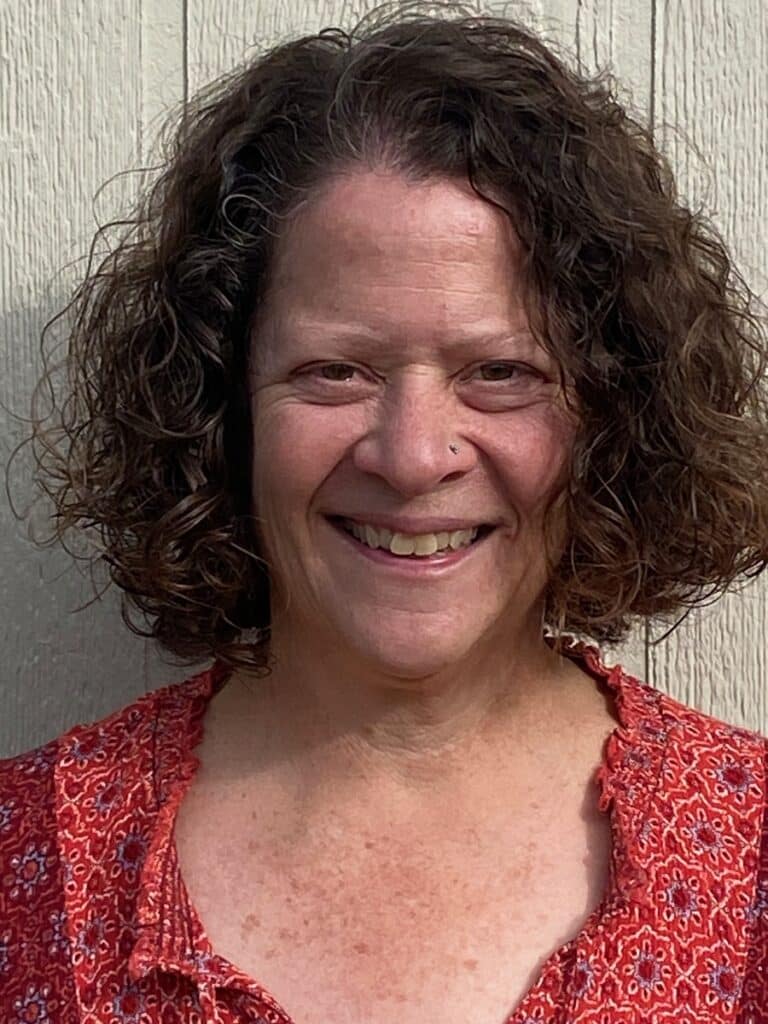Grades
At the heart of Waldorf education lies a commitment to nurturing the development of the whole child—academically, artistically, socially, and emotionally. Waldorf education is a holistic approach that nurtures the development of each child. Our curriculum, teaching methods, and assessment approach are designed to cultivate a love for learning, foster creativity, and support the growth of well-rounded individuals. We invite you to explore to learn more about how Waldorf education can benefit your child's educational journey.










